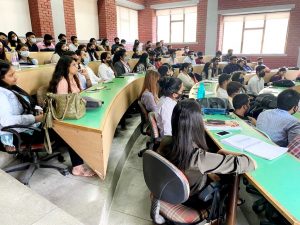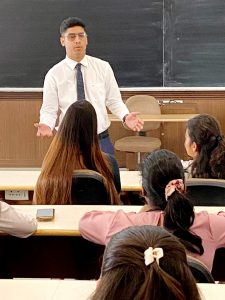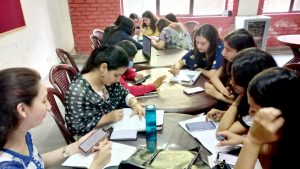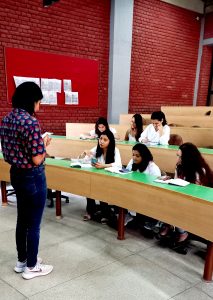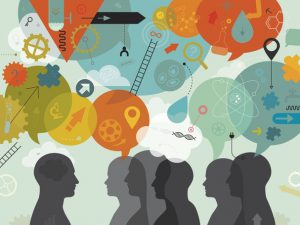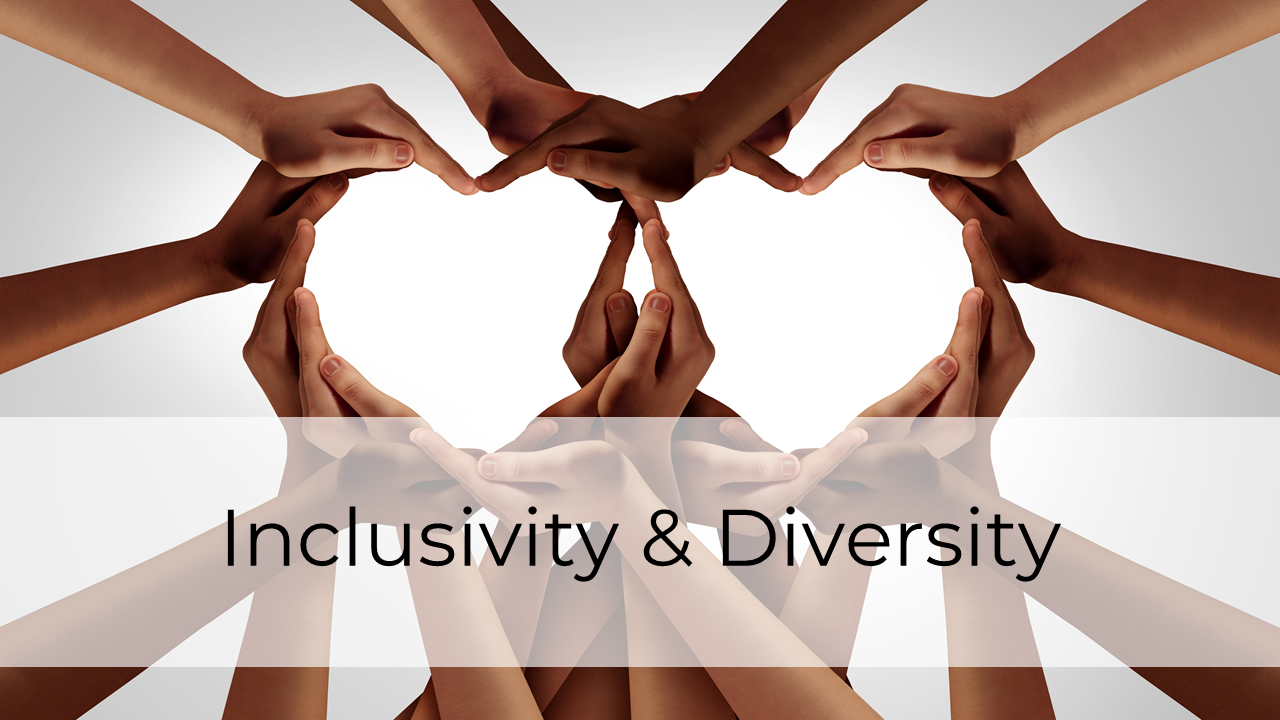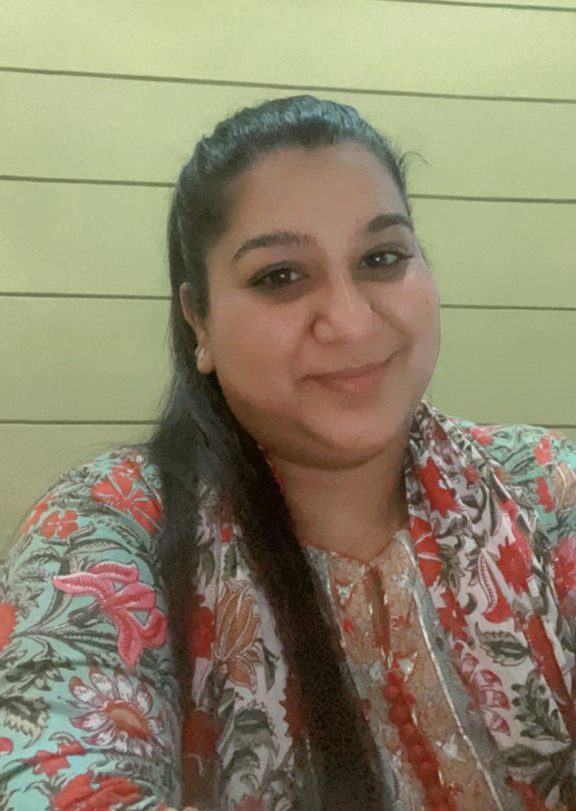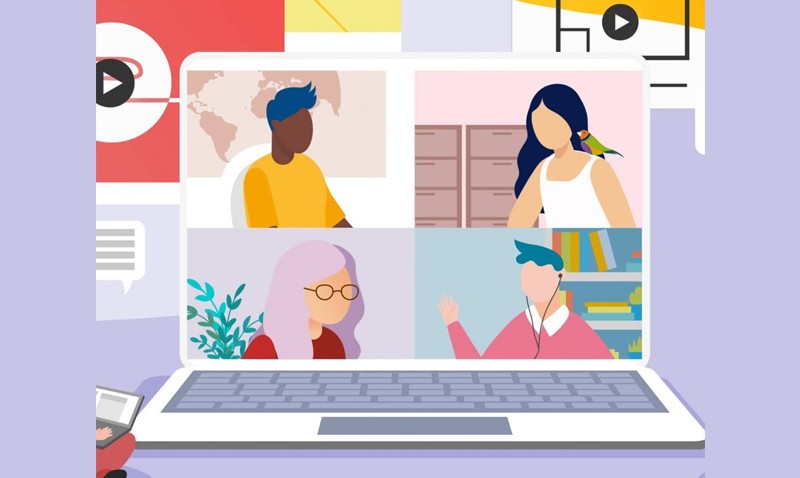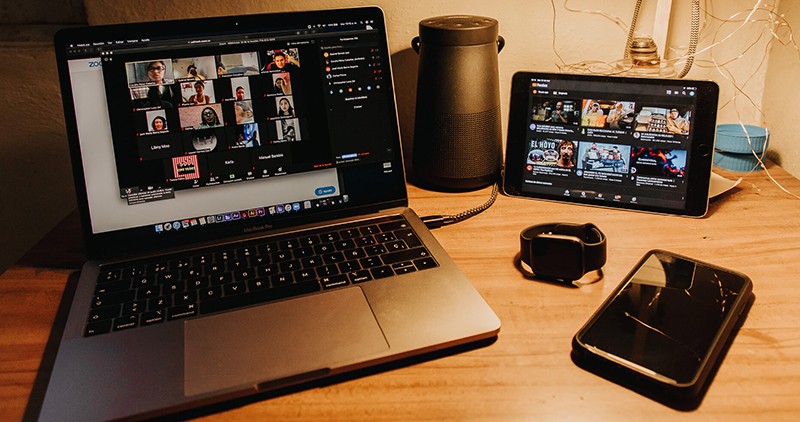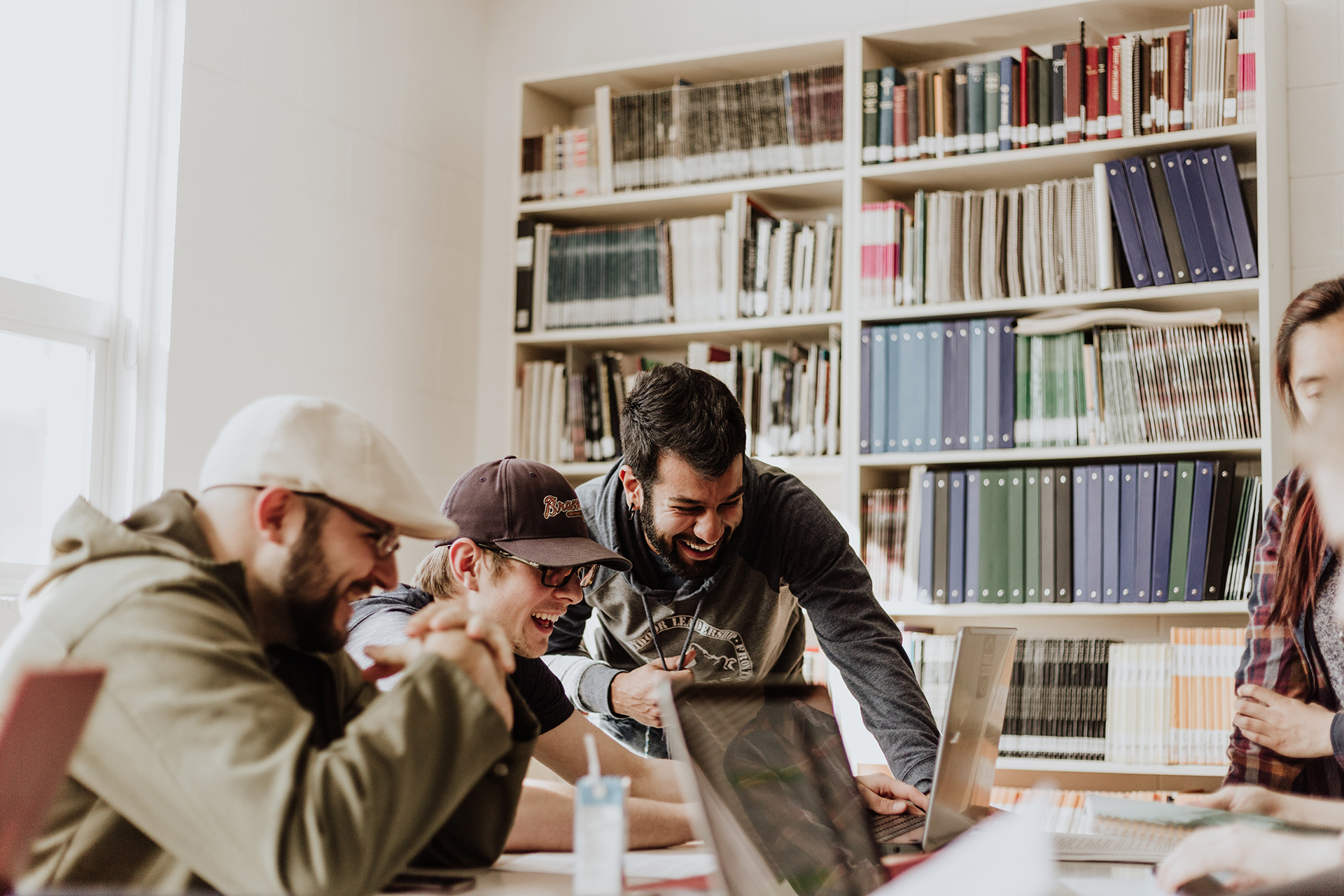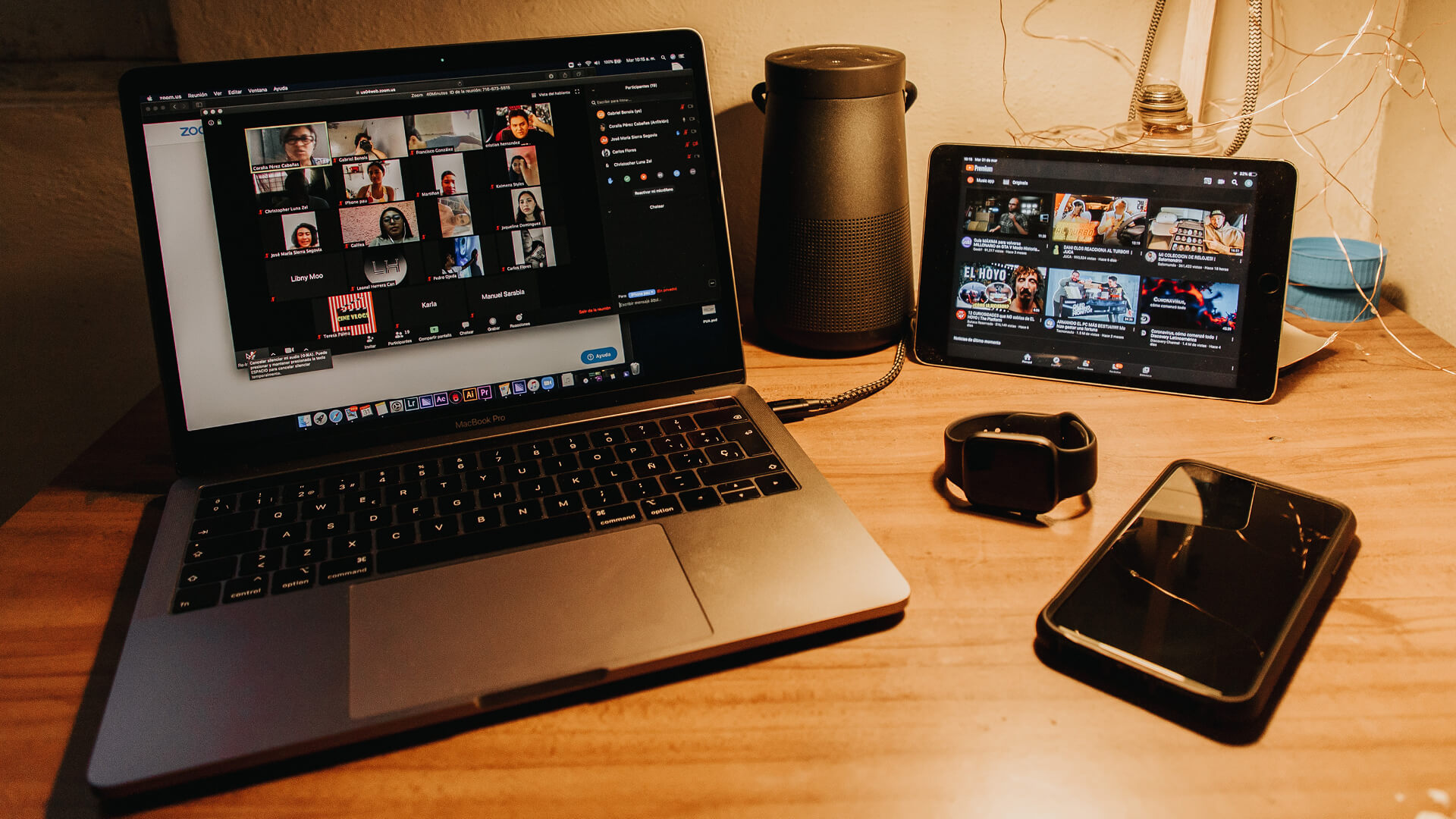Ms. Megha Kochhar and Dr. Kriti Vyas
Assistant Professor, Dept. of Psychology
29th March 2022 10 mins Read
Resilience has often been referred to as “ordinary magic” while it looks like an extraordinary act. It is more than once thought. It’s a human trait inhibited by all, but only used by some.
Research by Dan Gilbert, a Harvard psychologist, suggests that no matter how extreme the difficulty may seem, people will bounce back to their happiness baseline in what seems like a short time. Rather, it surprises us how fast a huge majority of people who experience any kind of tragedy or trauma get back to their daily routine, as Gilbert notes “We don’t recognize that we are as resilient a species as we turn out to be.”
I don’t remember someone teaching me to be resilient nor telling me that trouble and turmoil would be an inevitable part of my life. That, someday I would face really tough times with disappointment, fear, and the occasional carpet pull (when life pulls the ground beneath your feet.) I always grew up thinking life was a fairy tale, all rosy and that staying safe and secure was the best strategy to survive. Over the years I have realized I have become much more resilient by challenging my own limits, facing my fears and enduring through my perceived limitations. After surviving near to death situations in my life, I started to face more challenges in life.
The secret to resilience is not stopping, it is to keep trying hard, then falling, getting up then recovering, again trying, then falling, then getting up again and keep trying again. It’s more like climbing a mountain without a route map. Yes, it undoubtedly requires time, effort, and support. One may face setbacks and roadblocks along the way. However, you will eventually reach the top and will feel proud of your journey. It’s all about becoming aware of and then building the endurance levels residing within you.
You are stronger than your beliefs, this is the affirmation you need to give yourself every moment. Build your stamina. It’s all about your self-belief, hope and optimism. Stress is an internal process and our emotional reaction that we add meaning to based on external events in our life.
Dr. Martin Seligman, founder of Positive Psychology writes “Talk to yourself. Give yourself a cognitive intervention and counter defeatist thinking with an optimistic attitude. Challenge your downbeat thinking. And replace it with positive outlook.”
The bestseller author of Emotional Intelligence, Daniel Goldman also opines that changing our self-talk makes us more resilient. This is the key to resilience, and we overcome from our self-induced stress. Positive conversations with our self, give our lives a perspective that opens new windows of hope and belief. We have heard of the flight-or-flight response. So, the way we fight back and regain our control over our self helps us to talk to our inner self in a compassionate and gentle way. Being mindful of your internal states helps us to become generative, positive and more pragmatic.
So, step one is to take care of physical body, love yourself, and eat healthy, foods that have all colors of the rainbow. Get quality sleep. Install a habit tracking app. Make self-care your second nature. Finally, rather than blaming yourself about what all that’s happening in you life world treat yourself, with love, compassion, and empathy.
Practice accepting life’s impermanence, nothing stays forever not even your pains. This shall also pass. Ask yourself “How can I mould myself to life’s changes.”
Get curious to deal with uncomfortable emotions like embarrassment, disappointment, failure, comparisons as they arise. Our ability to be comfortable in uncomfortable emotions builds our resilience. There are various forms of meditation like sound, water, light self-guided meditation, practice what resonates best with you.
Build a supportive network of friends, family, health care professionals whom you can reach out to, not all challenges in life re meant to be faced alone.
How about creating a set of Calm Cards, pick a card in the morning that will help you reflect on the intention of the day. Pick a card on Sunday to set an intention for the week. Pick a card when you are struggling with another person, explore his good qualities and ease your relationship. Send a card to someone who needs some inspiration in life.
 Adopt a Furry friend, don’t know about you but, my dog Raja was one of my strengths during my tough times, fostering him and getting greeted by him with those extra cuddles was so therapeutic.
Adopt a Furry friend, don’t know about you but, my dog Raja was one of my strengths during my tough times, fostering him and getting greeted by him with those extra cuddles was so therapeutic.
Self-Reflection works the best –
- Embrace challenges as opportunities for growth. When you are facing tough time just ask yourself “What can I learn here” or “How can I add meaning to this situation of my life?”
- Which part of me is tender and needs special attention?
- Journaling really helps to get your stream of consciousness going.
- Ask yourself “Am I taking anything for granted”
- Am I letting matters that are out of control, stress me out?
- Make a list of 21 things that make you smile. When was the last you followed them?
We all are aware that setbacks are a part of our lives. What matters is how quickly we learn to bounce back from adversity and negative events. In the words of Angela Duckworth that has inspired me “As much as talent counts, efforts count twice.”
Let us take a step forward and make our time worth it.
Share your experiences with us on megha.kochhar@iilm.edu / kriti.vyas@iilm.edu


